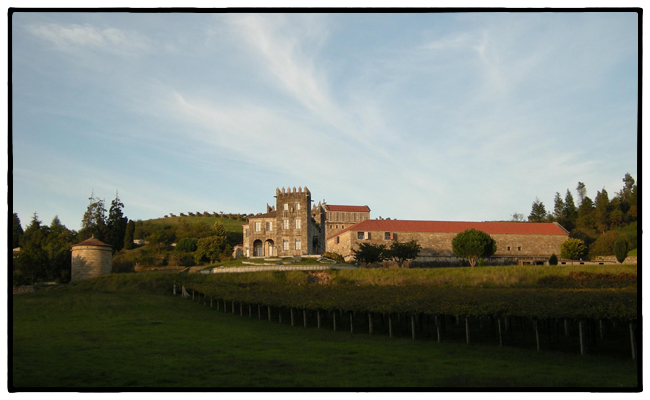Yesterday morning at breakfast, Eva said, “Would you like to meet Gwyneth Paltrow?”
What a silly question.
So in the afternoon we drove out of Barcelona and wandered around a warehouse district along the waterfront until we found the building where Paltrow was filming a commercial for Freixenet. The cava producer is famous for their elaborate television commercials which air in Spain over Christmas every year. In fact, the Spaniards look forward each year to viewing the new ads. Paul Newman shot a Freixenet Christmas commercial in 1989, Meg Ryan did the 1997 ad, and other stars have included Penelope Cruz, Antonio Banderas, Kim Basinger, and, back in 1981, Gene Kelly. Quite a line-up.
Anyway, they were doing a new Christmas commercial with Gwyneth Paltrow and Ángel Corella, the astonishing Spanish dancer (and current artistic director for Barcelona Ballet), and we were invited to watch.
After spending most of the afternoon watching them shoot the commercial, here’s what I can tell you: It’s boring (in three hours they may have shot 5 seconds of the commercial); and Gwyneth is very beautiful (Ángel didn’t make an appearance while we were there). During a break, she came over, shook my hand, and said, “Hi.” I said hi back and commented on her dress. She said, “Oh, thanks.” That was about the extent of our conversation (I kind of doubt that she and Chris Martin will be sending me a Christmas card this year, but you never know).
If you take a look at the complete commercial, below, what we watched being filmed was the snippet about 30 seconds in to the commercial where Gwyneth is surrounded by a bevy of beautiful women in shimmering gold gowns raising up glasses of cava. By the way, there wasn’t really any sparkling wine in the glasses. They were the sort of glasses you buy as joke gifts that have the liquid sealed inside with plastic tops. So not only can’t you drink them, but they also never spill. A good thing while shooting a commercial for sparkling wine over and over and….




Recent Comments